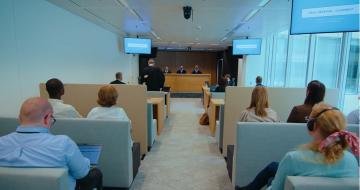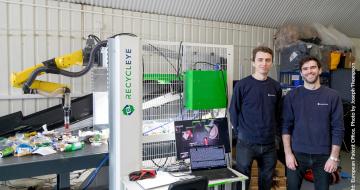The procedure for seizure for counterfeiting (more commonly known as ‘distraint-description’) is mainly intended to safeguard the elements of proof regarding infringements of intellectual property rights. This procedure entails that a judge entrusts a bailiff with drawing up a description. In addition, and provided that supplementary conditions are met, certain measures of “real seizure” (in rem’ measures in Latin) may be imposed.
This procedure was introduced in Belgian law a long time ago and was adapted in the context of the transposition of Directive 2004/48/EC of 29 April 2004 on the enforcement of intellectual property rights. Still, real-life examples showed that the procedure still had room for improvement on a number of aspects. Distraint-description is an efficient weapon against piracy and counterfeiting, however, it can also be used to spy on competitors, unfortunately. Moreover, it is important to guarantee that the seizure measures do not cripple the company that is subject to the seizure measure. That is why the Council for Intellectual Property worked on a couple of ideas to improve this procedure, in order to offer users an efficient and balanced tool that both safeguards intellectual property rights and respects the legislator’s purposes.
As such, the Council established a working group, chaired by Ms Fabienne Brison and subsequently by Ms Martine Regout. The members of this working group were Ms M.-Chr. Janssens, Ms N. Ragheno, Mr F. de Visscher, Mr F. Leyder, Mr B. Van Den Hazel, Mr C. De Meyer, and Mr B. Vandermeulen. The working group also called on Professor L. Cornélis, expert on civil liability, and on Professors B. Maes and H. Boularbah, experts in judicial law.
The working group examined several obstacles, in particular the conditions for implementing the procedure for distraint-description, the scope of the real seizure measures, the liability of the applicant, the protection of confidential information that was obtained from the defendant and some aspects of the proceedings, especially an increased specialisation of the courts in the field of intellectual property, the custom of the protective letter, and filing successive petitions for distraint-description. In addition, the working group believed it was useful for magistrates to have a checklist of the requirements for distraint-description orders and of the details that need to be addressed in the decision to grant the authorisation for the distraint-description.
The working group’s rapport was presented to the Council for Intellectual Property and approved by the Council during its meeting on 2 July 2015.
Opinion of 2 July 2015 (French) (PDF, 463.9 KB)
Opinion of 2 July 2015 (Dutch) (PDF, 503.33 KB)


